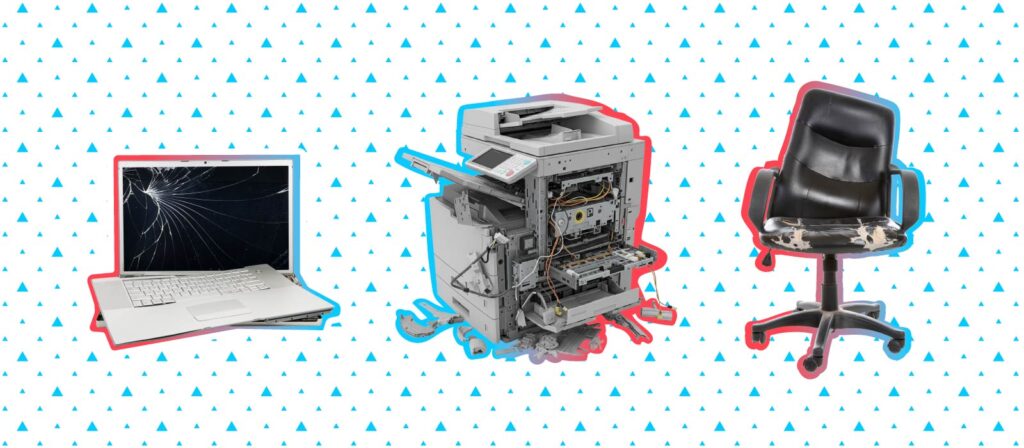3 Ways to Make Your Facility More Eco-Friendly
1. Purchase Refurbished Furniture
Buying refurbished furniture is good for the ecosystem because it reuses material, rather than sending it straight to the landfill. Not only that, the purchase of used furniture can also help you earn credits for a LEED certification. Today’s Facilities Manager lists some of the specific credits you can earn in this manner:
- MRc3.2 Materials Reuse-Furniture and Furnishings—requires recycled or secondhand furniture to account for 30 percent of your furniture budget
- MRc4 Recycled Content—earn one or two points for this credit, based on the total amount of “recycled content” used in items like furniture (10 percent earns one point, 20 percent earns two)
- MRc5 Regional Materials—earned when 10-20 percent of materials are “extracted, harvested, and manufactured” within 500 miles of the facility. For coastal or remote towns, where access to these materials are limited, the credit may be earned when items are shipped by water or rail, and the shipping distance, using a weighted average, equals 500 miles or less.
Refurbished furniture can also cost less than new furniture, making it a healthy option for your budget, as well as the environment.
2. Reduce the Paper Trail
According to the EPA, about 90 percent of office waste is paper, and it’s been said that the average office worker uses 10,000 sheets of paper per year. To avoid perpetuating this problem, you can reduce paper waste in your own building in several ways.
- Set up recycling bins in convenient and accessible locations, like break rooms and right next to copying machines.
- Advocate the use of cloud storage over paper files.
- Educate staff on ways they can conserve paper, such as adjusting printer settings to print documents double-sided.
(Of course, using a software solution that can replace hard-copy documents is also a great way for FMs to reduce paper waste in their own day-to-day work, too.)
3. Avoid VOC Products
Being selective in the products used for cleaning and maintenance can also reduce your facility’s carbon footprint. As I mentioned in a previous post about green facilities management, it’s good to look for cleaning products certified by organizations like Green Seal, EcoLogo or the EPA’s Design for the Environment Program.
Specifically, one of the most important factors to consider when purchasing cleaning products is VOC production. VOC stands for “volatile organic compound”; in addition to cleaning supplies, VOCs may be found in paint, caulking or solvents.
According to TFM’s Allen P. Rathey and Linda Chipperfield, products with VOCs can cause health problems by triggering headaches and “contribute to the formation of ground level ozone pollution.” Purchasing items with low (or no) VOCs can therefore protect both your building occupants while also being eco-friendly.
Although green FM certainly requires some research, the reward is keeping your facility in excellent shape—financially and environmentally. In a landscape that continues to place more value on sustainability and social responsibility, can you afford to avoid green improvements?
photo credit: NASA Goddard Photo and Video via photopin cc




